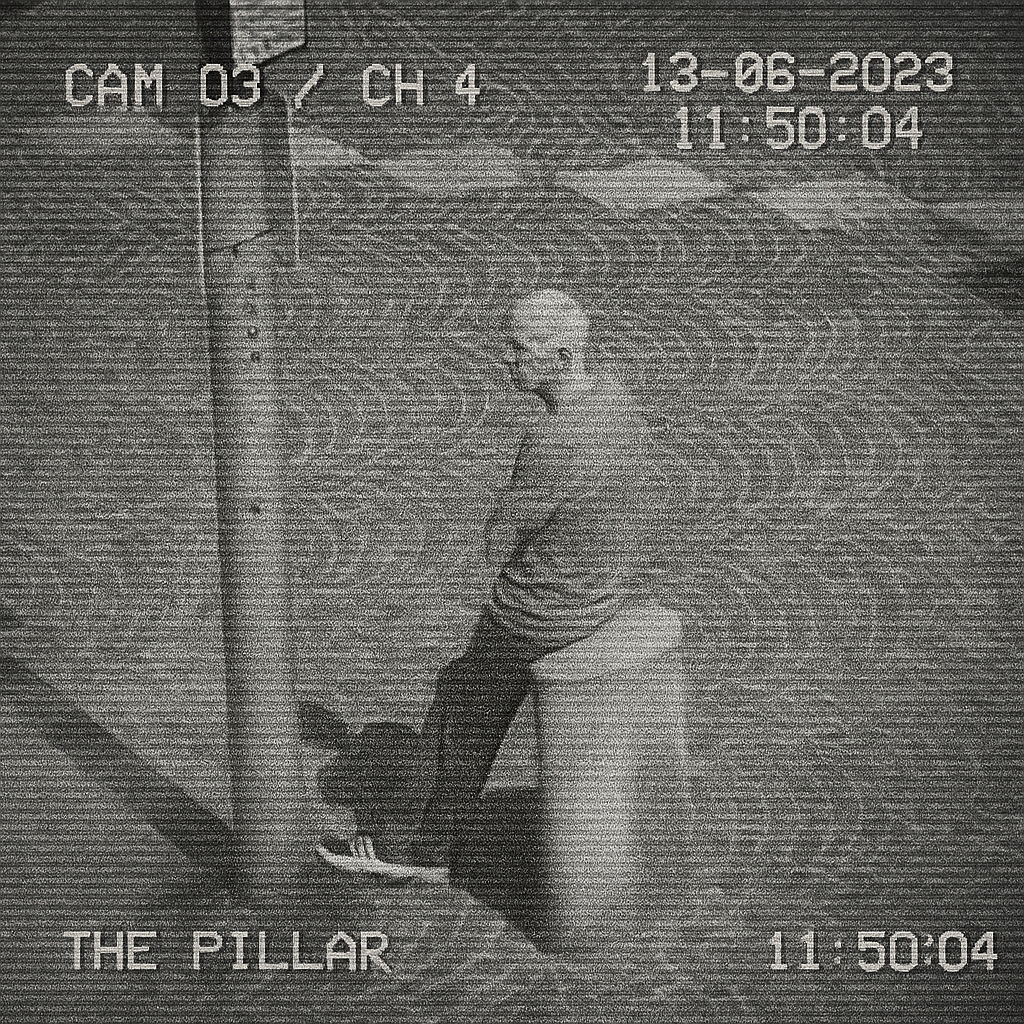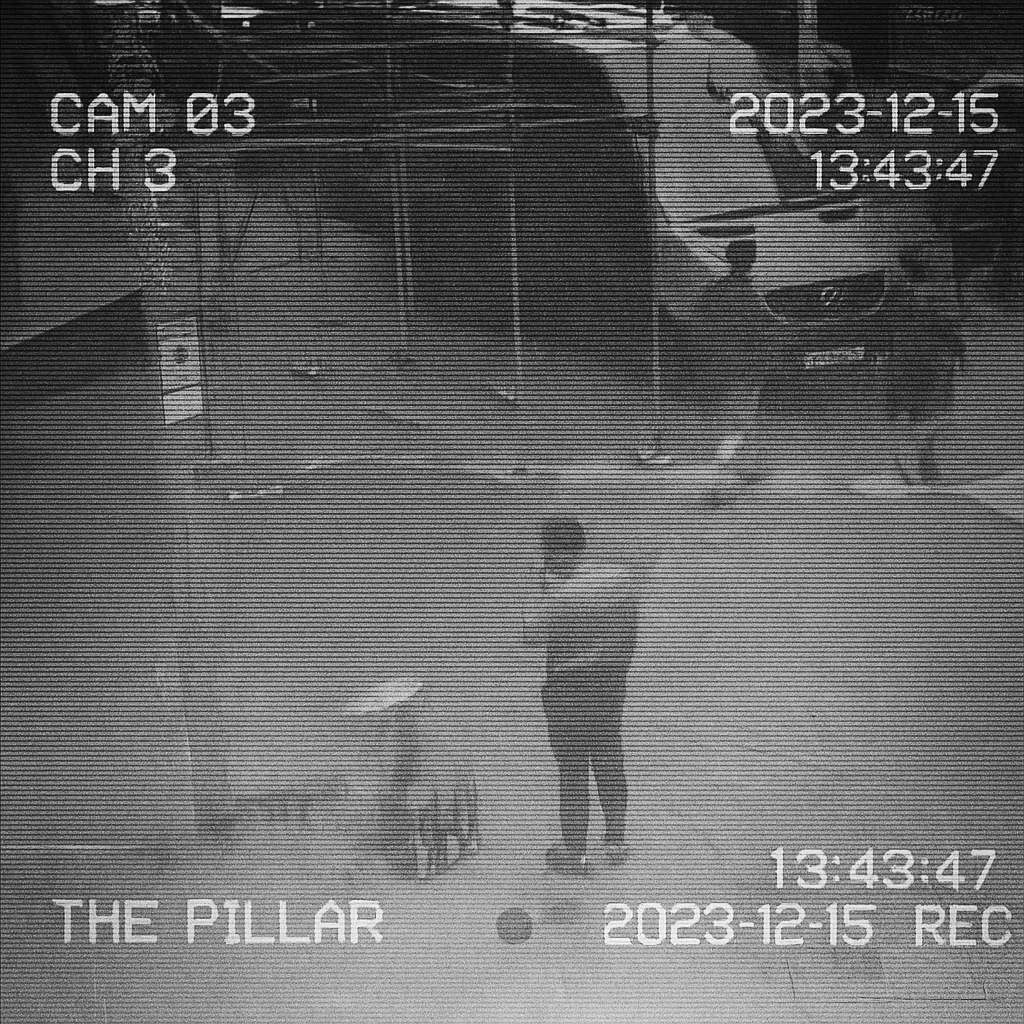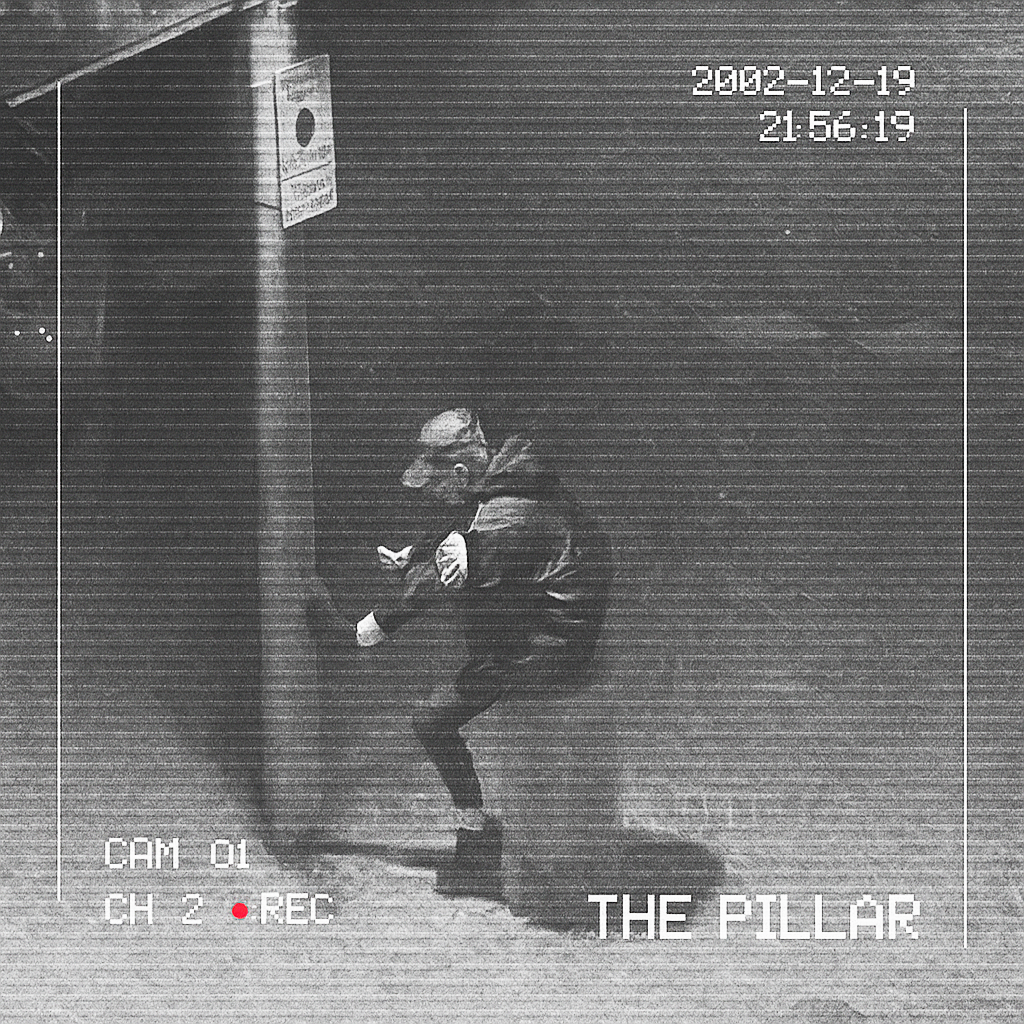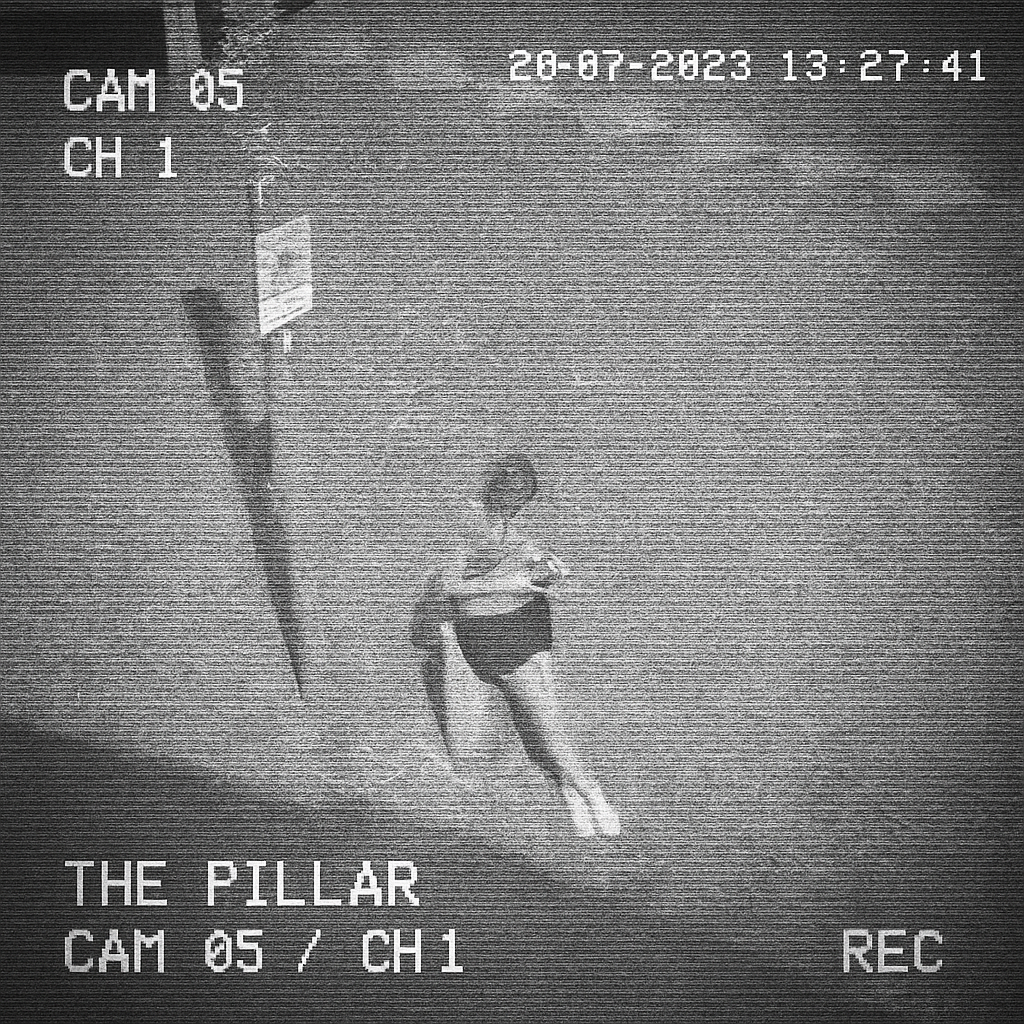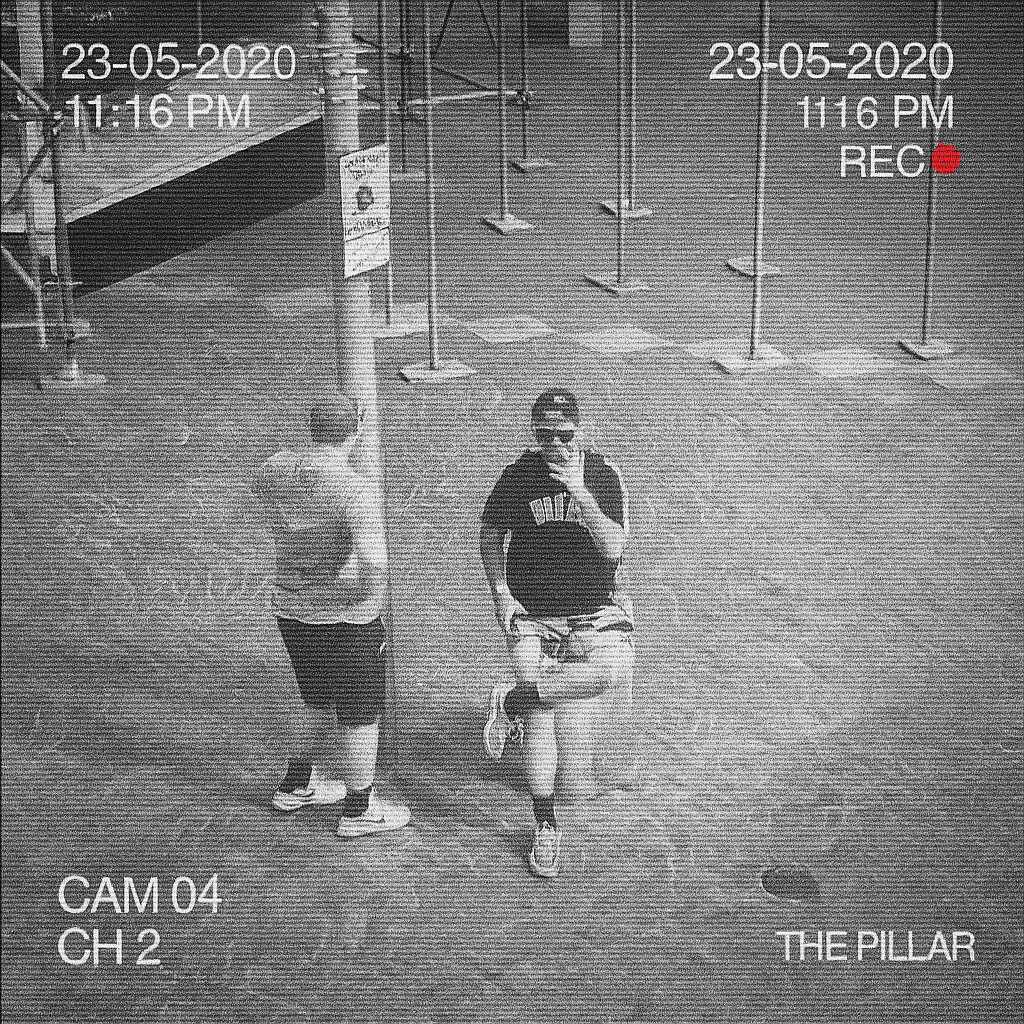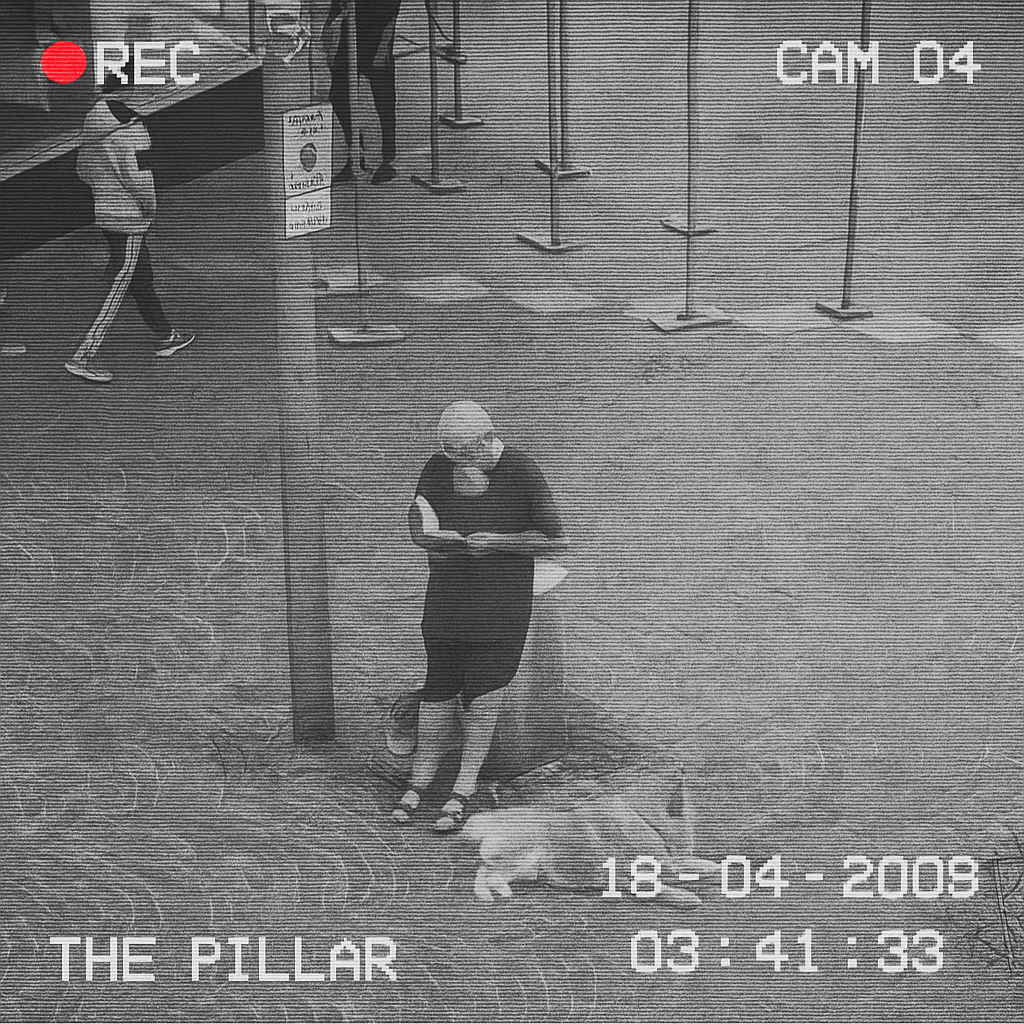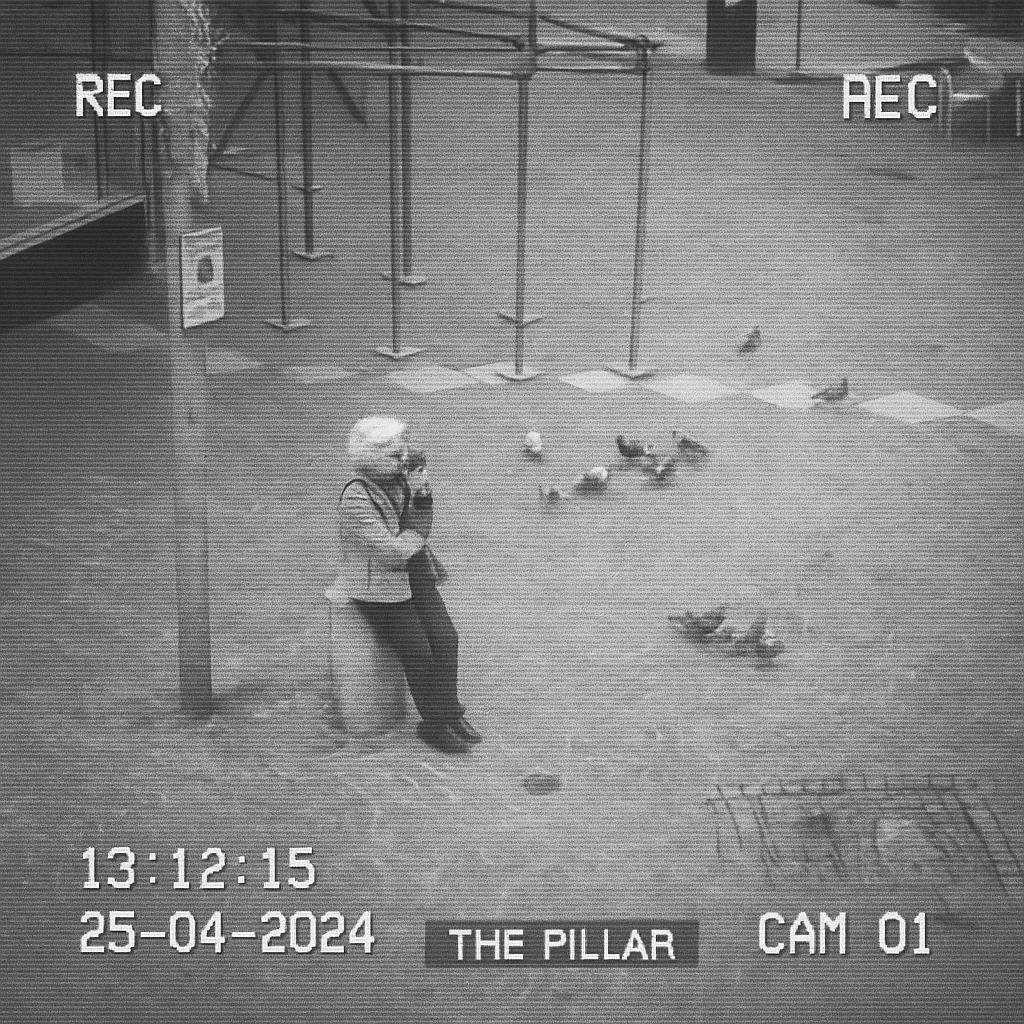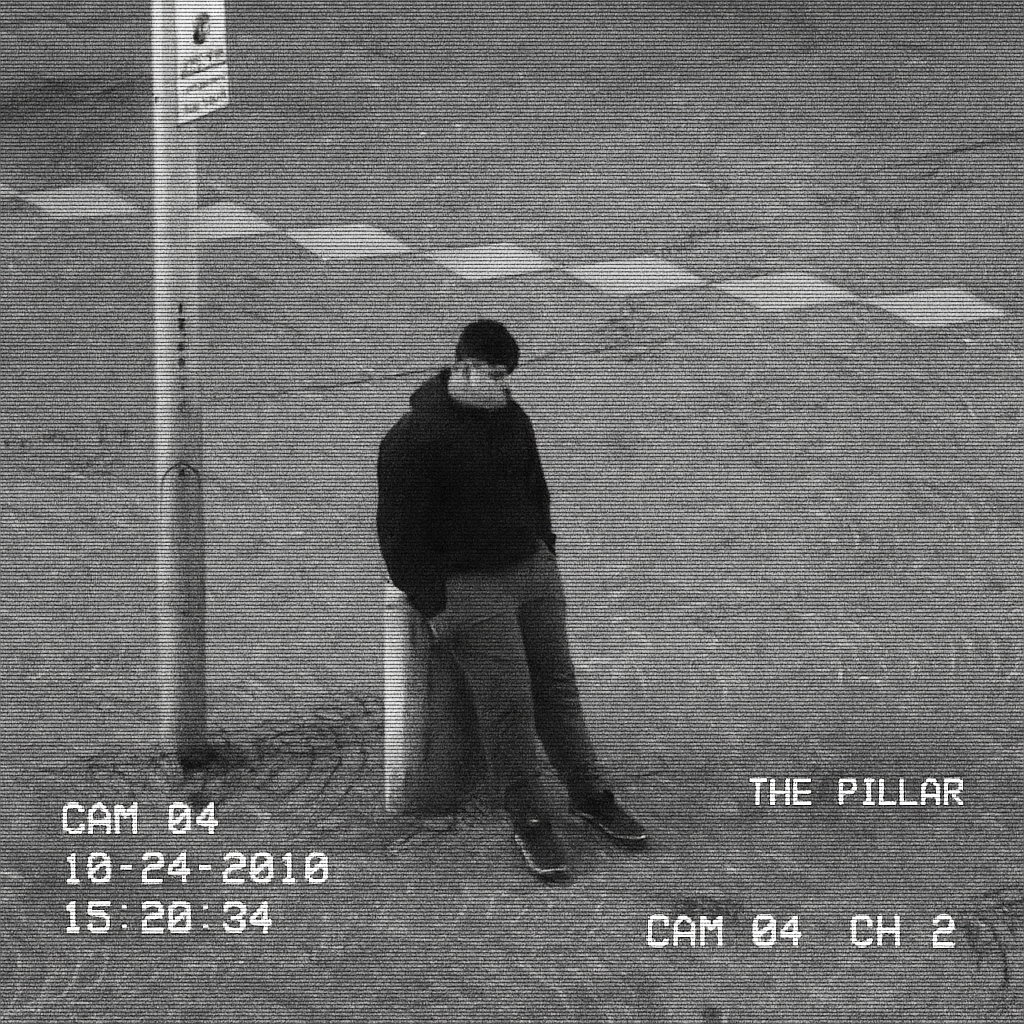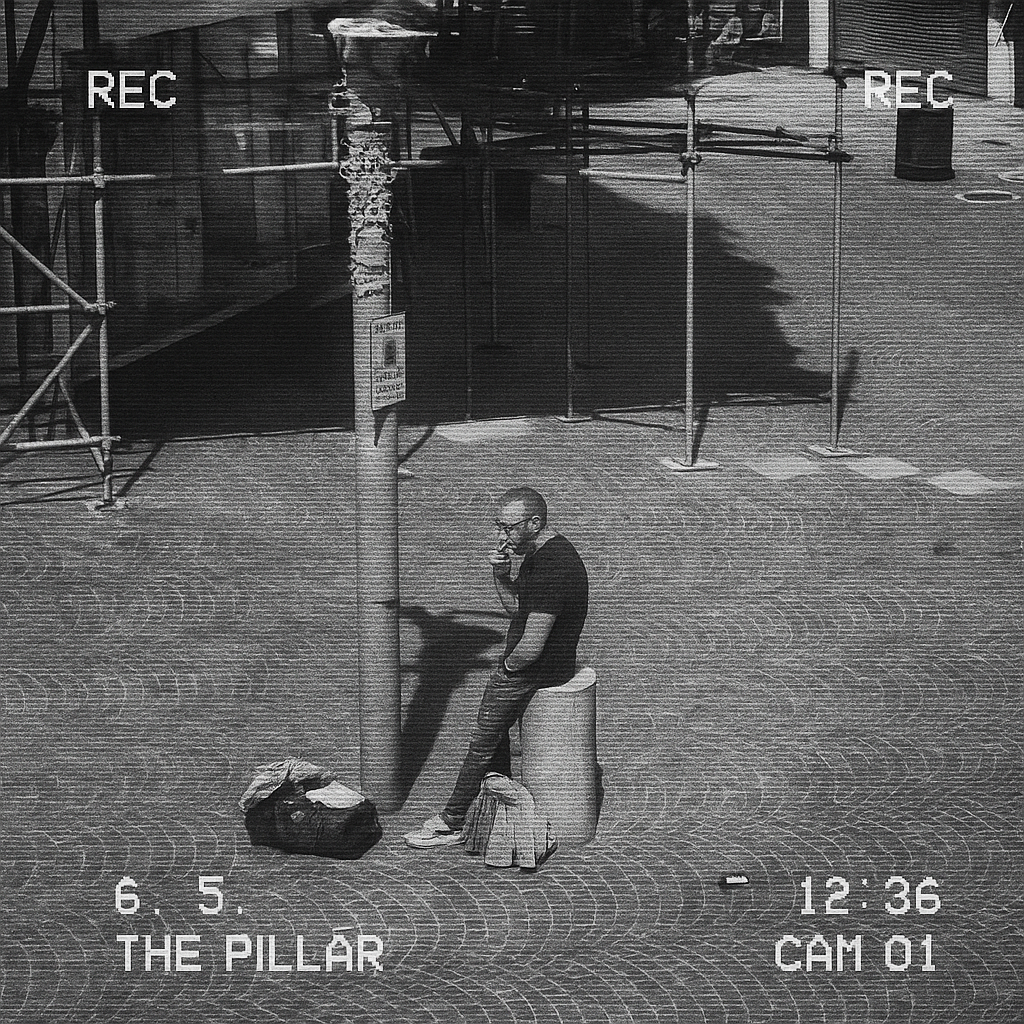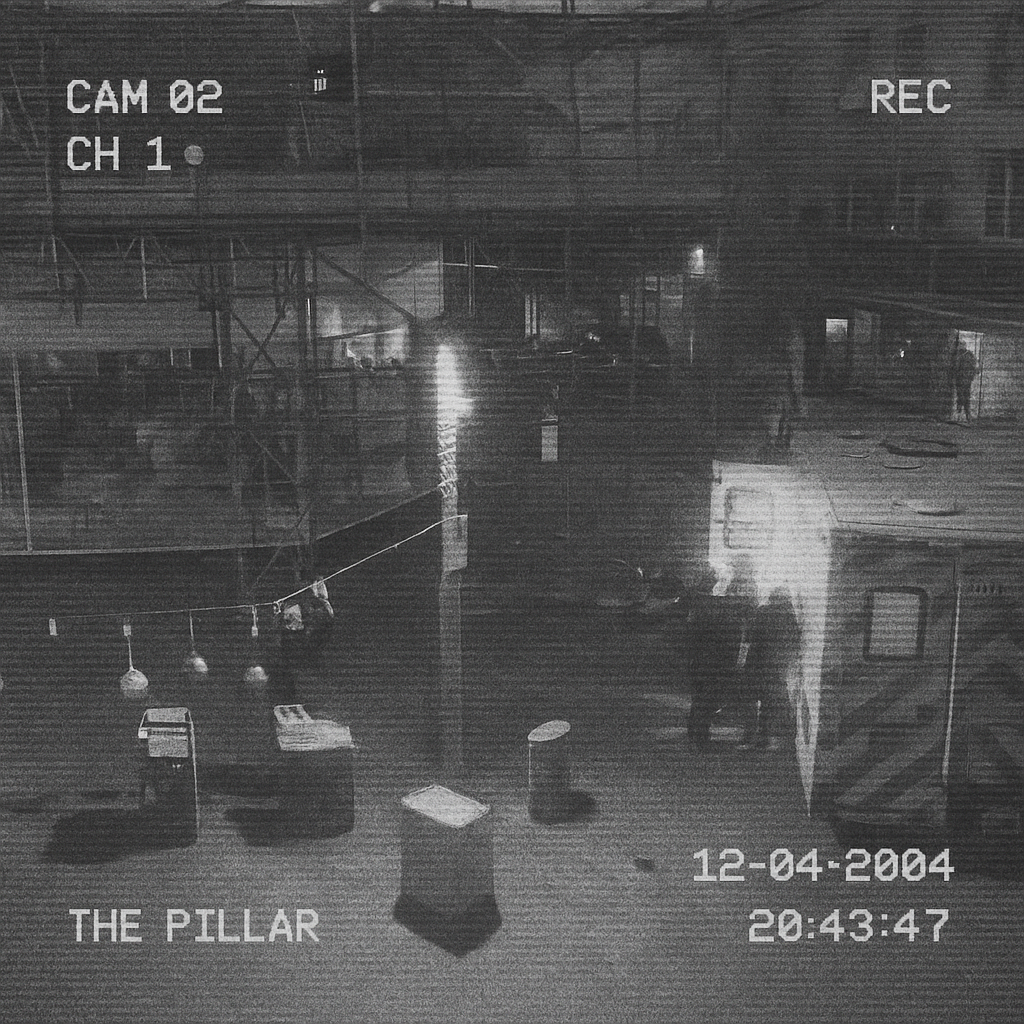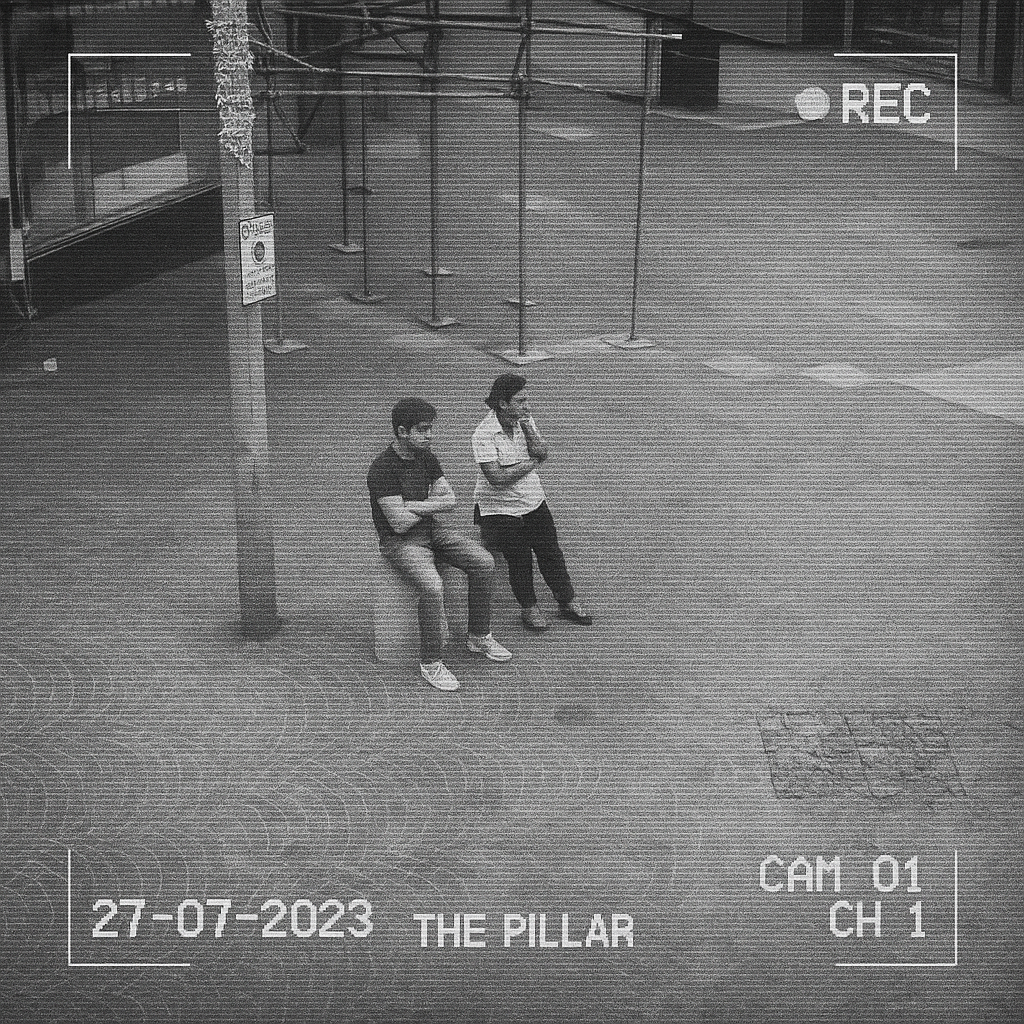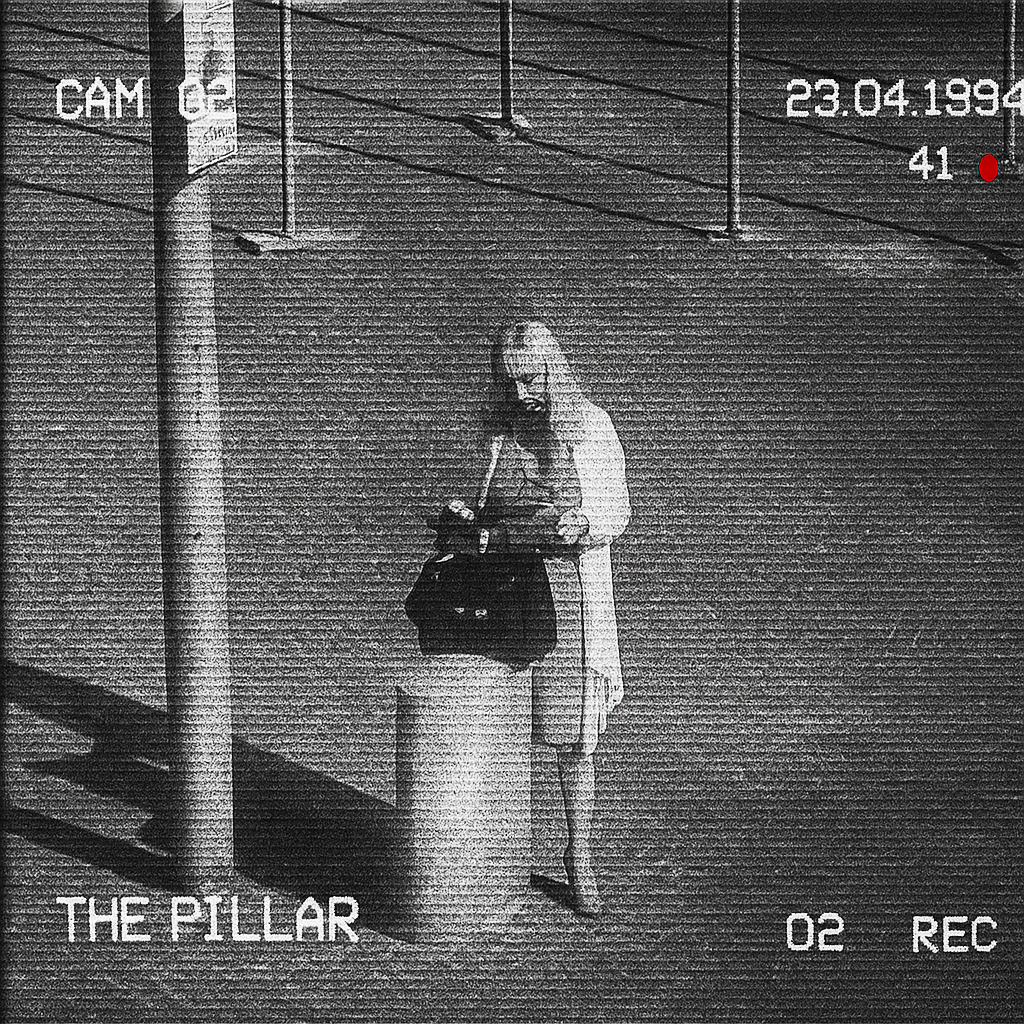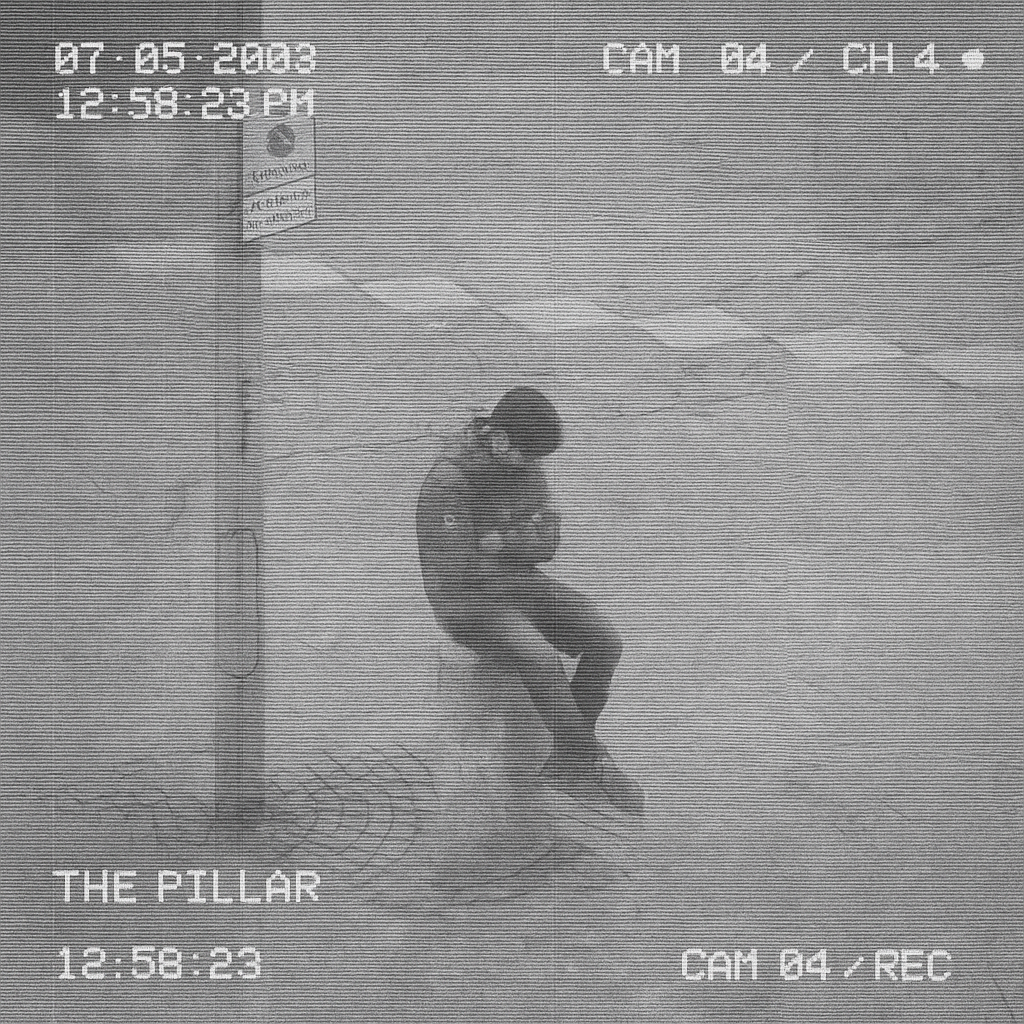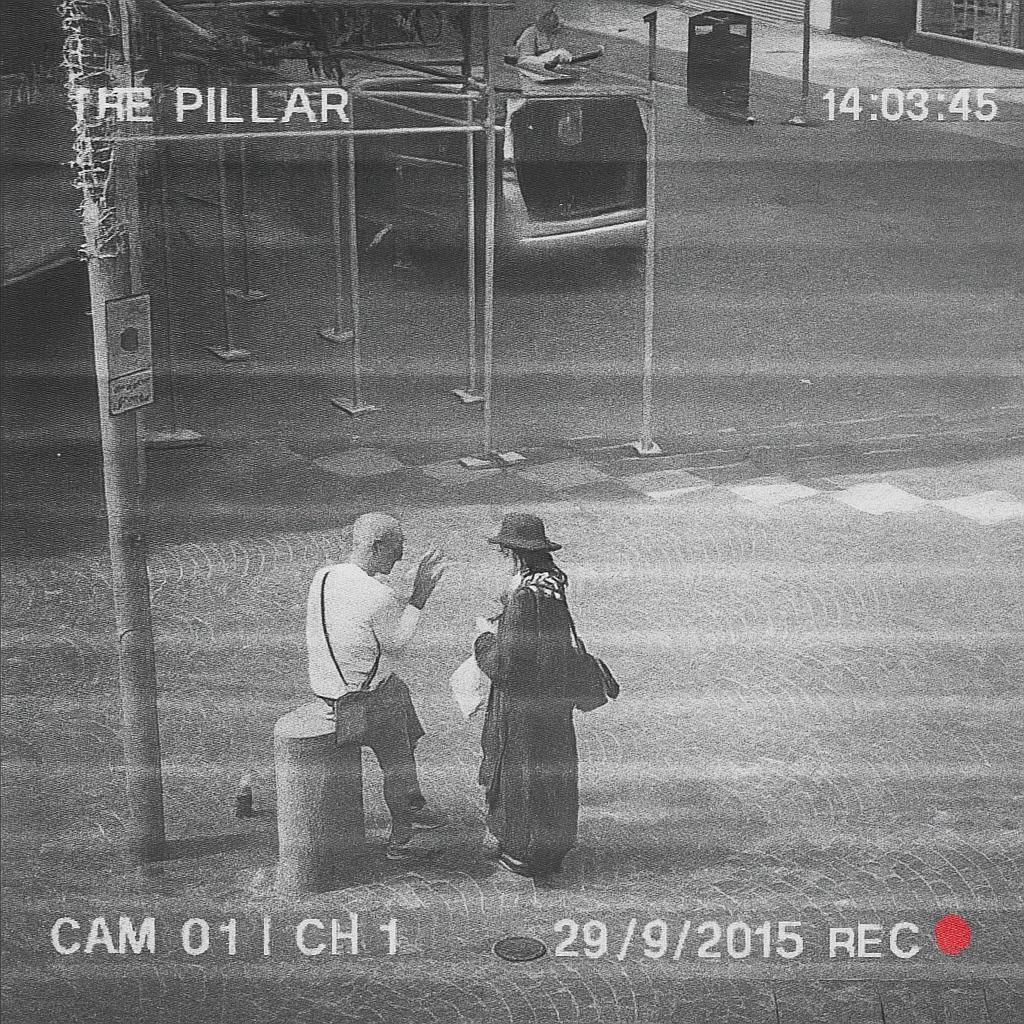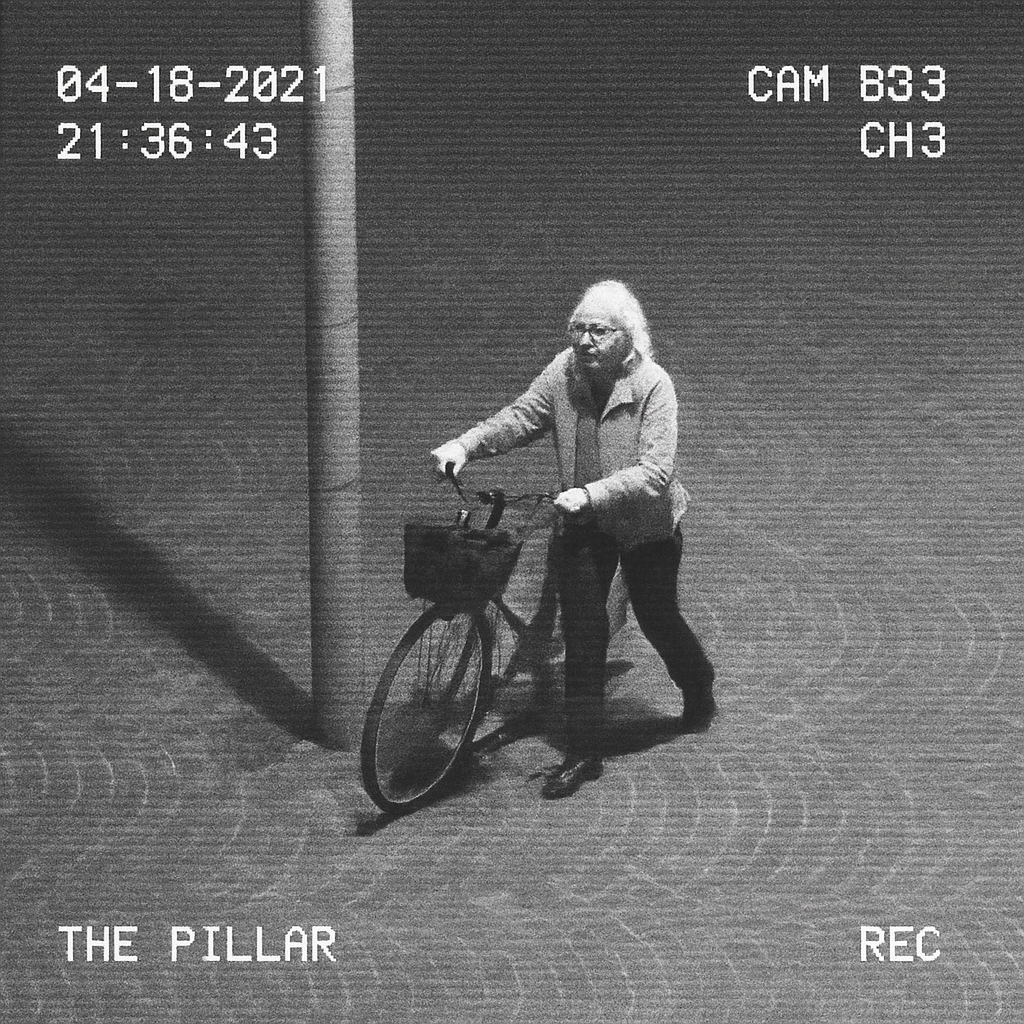The Pillar. An ode to Stephen Gill’s The Pillar.
It isn’t the cameras themselves that bother you. It’s what grows behind them. The cameras are only eyes—dead glass, crude electronics—but the system is alive. Somewhere, banks of servers chew through everything: your face, your gait, the way your shoulders slump at the end of the day. The feed is endless, the appetite bottomless.
People tell themselves they’ve made peace with it. They wave at the lenses half-jokingly, as though sharing a private joke with a silent god. But it isn’t god. It’s a machine, and like all machines it doesn’t understand laughter. It only understands patterns. Deviations. You are one twitch away from suspicion.
There was a time when you could disappear into a crowd. Now the crowd is the most dangerous place of all: a swarm of tagged flesh, corralled by algorithms that know who should be where, when, and for how long. Step outside your predicted arc and the hum begins.
You’ve never seen the operators. Maybe there are none anymore. Maybe the system watches itself. The idea that a human being still sits somewhere, reviewing your every recorded step, is almost comforting. Almost.
But the cameras don’t blink. And the silence behind them feels like hunger.



